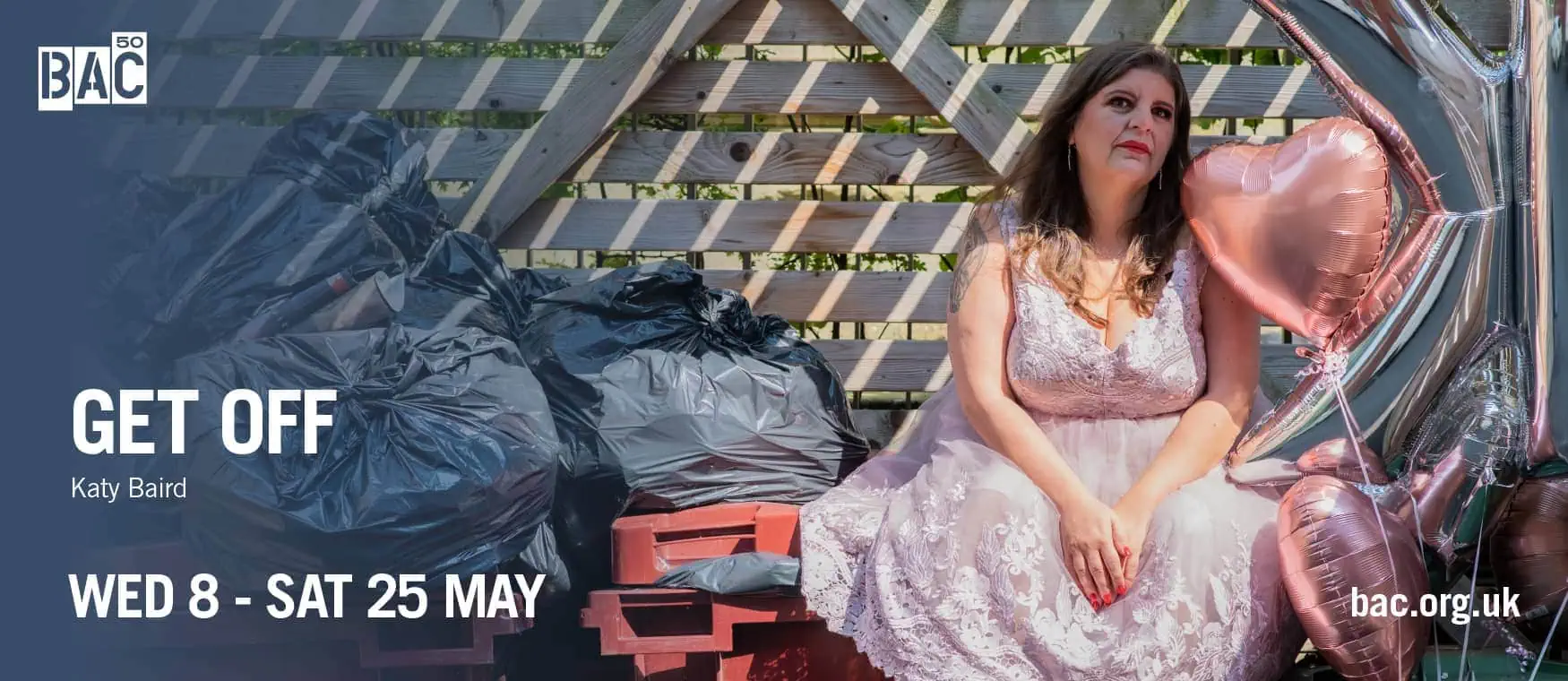David McGillivray is intrigued by a book of (gay?) photos taken more than a century ago on the other side of the world…
Young men cuddle up together, legs touching, heads on each other’s shoulders. A few are in drag. A few have bare chests or legs. But there’s nothing sexual going on in these photos. Or is there? Chris Brickell thinks there is. An associate professor in gender studies at the University of Otago in New Zealand, Brickell found the photos, taken between 1885 and 1915, in two albums entitled “New Zealand Ferns”.
He studied every centimetre of the curling, brown snaps, then the life of the man who took them, Robert Gant, as well as his relationships with the men he photographed. The results of his research are in Manly Affections (Genre Books, £29.99), a follow-up to Brickell’s history of gay New Zealand, Mates and Lovers, in which he first wrote about Gant.
A Londoner, Robert Gant emigrated to New Zealand in 1876, when he was 21, and settled in the small town of Masterton near Wellington. By profession he was a chemist. But his passions were amateur dramatics and photography. There’s little doubt that Gant was gay. He dragged up a lot. He lived for more than 25 years with another man, Charlie Haigh, a relationship that continued until Gant’s death in 1936.
But, claims Brickell, there’s no written evidence of gay life in New Zealand at the end of the 19th century. That’s why Gant’s albums, which survived almost by chance, are so valuable. They seem to suggest a gay scene of a kind. But Brickell can only guess at the “intricately woven meanings” of the photographs.
“Many of his pictures seem timeless. They could have been taken this year.”
Most were taken at a time when manly affection appears to have been perfectly acceptable in New Zealand. Gant’s camera gazes adoringly at the men he finds attractive. (Their appeal is still obvious!) He photographs himself with his arms wrapped around them. The objects of his affection don’t seem bothered in the slightest.
They seem to be enjoying the attention. And yet most of them – even another of Gant’s great loves, Edmund Porritt – went on to marry and raise families. Brickell points out that it was only in 1895 that Oscar Wilde’s trials sent the message to the Empire that homosexuality was not to be tolerated. Gant’s photos seem to suggest that this edict was at odds with a more open-minded view of same-sex love in NZ.
The photos make us long to know more about Gant. He had a particular fondness for a shapely calf. But he wasn’t alone in this at the time. More interestingly he was almost certainly a shoe fetishist. From the beginning to the end of his career he made sure his models’ footwear was prominent. His other fetish – beheading – leaves even Brickell scratching his head.
Most of Gant’s favourite models are required to pose mounting the scaffold or with their heads on the block. Sometimes Gant even uses trickery to imply a decapitated head. But it’s not very convincing. Gant was at his best with more straightforward portraiture.
Although amateur, he was a good photographer, sometimes influenced by others, e.g. the notorious German pornographer Wilhelm von Gloeden, who was at work at the same time. But mostly Gant was uniquely skilled at capturing a pretty face or a manly profile.
Many of his pictures seem timeless. They could have been taken this year. It wouldn’t be a surprise if the work of Robert Gant came to be ranked with that of the greats. Chris Brickell has made a major discovery in more ways than one.
• Manly Affections: The Photographs of Robert Gant 1885-1915 is available exclusively in the UK through Gay’s the Word.
0207 278 7654 or [email protected]

















